The Crew-3 Dragon mission will now launch Oct. 31.
Heavy traffic at the International Space Station has pushed SpaceX’s next crewed launch to the orbiting lab for NASA back a week.
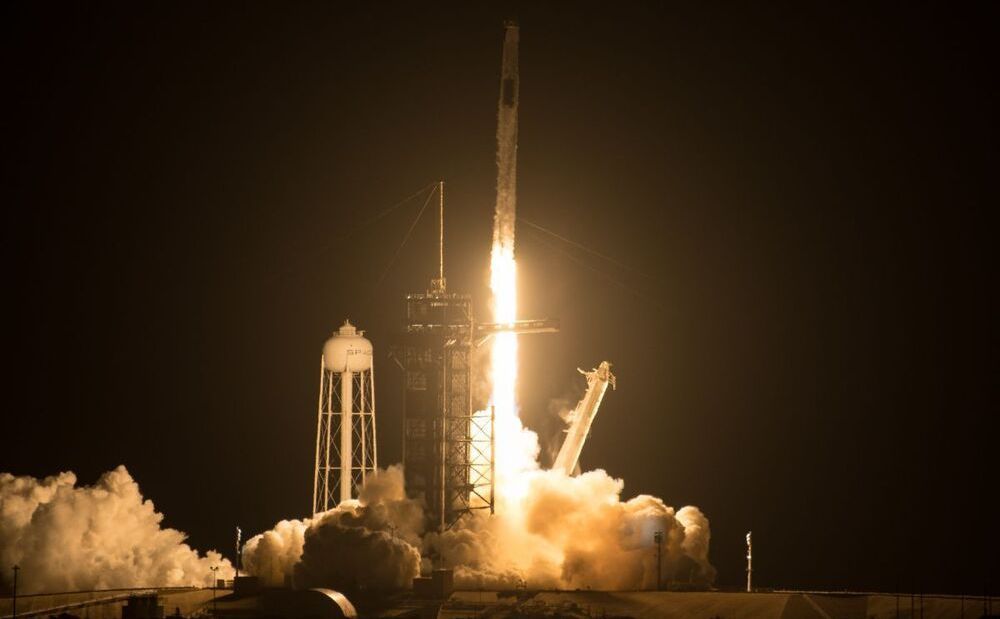
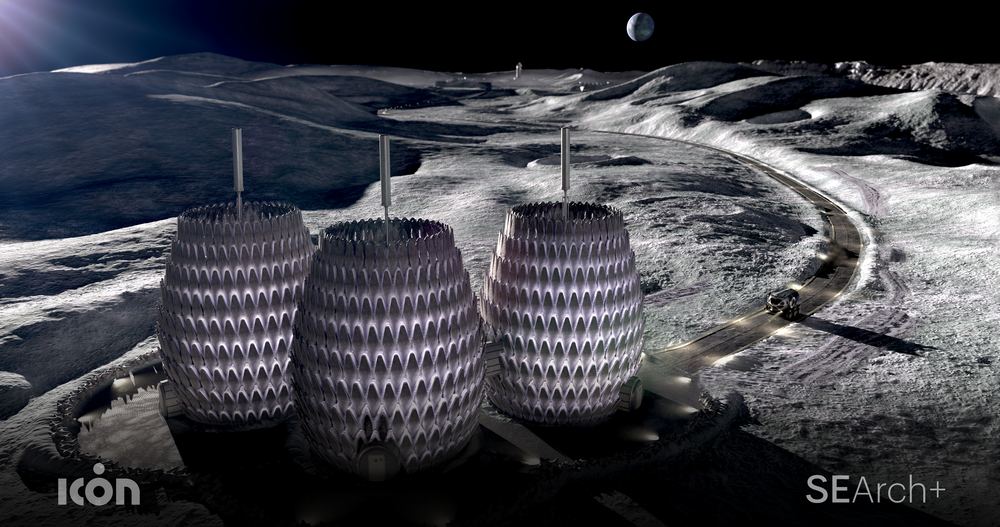
The Lunar Lantern, an intriguing concept for establishing a human presence on the Moon, is currently being featured at the 17th International Architecture Exhibition.
In October of 2024, NASA’s Artemis Program will return astronauts to the surface of the Moon for the first time since the Apollo Era. In the years and decades that follow, multiple space agencies and commercial partners plan to build the infrastructure that will allow for a long-term human presence on the Moon. An important part of these efforts involves building habitats that can ensure the astronauts’ health, safety, and comfort in the extreme lunar environment.
This challenge has inspired architects and designers from all over the world to create innovative and novel ideas for lunar living. One of these is the Lunar Lantern, a base concept developed by ICON (an advanced construction company based in Austin, Texas) as part of a NASA-supported project to build a sustainable outpost on the Moon. This proposal is currently being showcased as part of the 17th International Architecture Exhibition at the La Biennale di Venezia museum in Venice, Italy.
The Lunar Lantern emerged from Project Olympus, a research and development program made possible thanks to a Small Business Innovation Research (SBIR) contract and funding from NASA’s Marshall Space Flight Center (MSFC). Consistent with ICON’s commitment to developing advanced construction technologies, the purpose of Olympus was to create a space-based construction system that will support NASA and other future exploration efforts on the Moon.
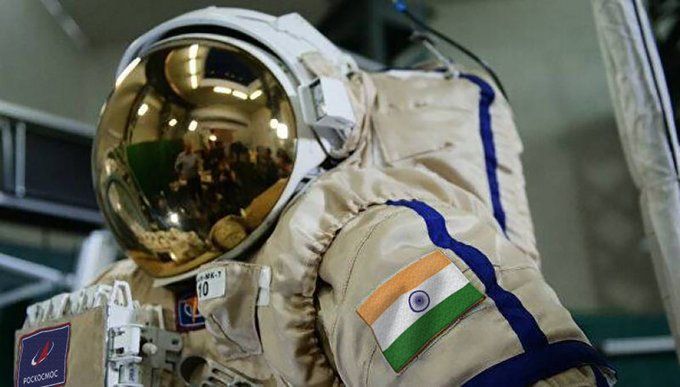

Doug Liman Opines On Jeff Bezos’ Blue Origin Rocket: “It’s Not Going Very High. I Really Think The Moon Or Beyond Is Space” — Tribeca Festival
Director Doug Liman likes that there’s so much buzz about space these days and takes a teensy part of the credit after news (broken by Deadline) last year that he plans to shoot a film up there with Tom Cruise in collaboration with Elon Musk’s SpaceX and NASA.
“It’s good. If we can inspire kids to study science. I grew up dreaming about going into space,” said Liman, who also directed Cruise on American Made and Edge of Tomorrow and has helmed hits from Mr. & Mrs. Smith and The Bourne Identity to Go and Swingers. He spoke Tuesday on a sunny roof deck at Spring Studios in downtown Manhattan during a Directors Talk Q&A at the Tribeca Festival.
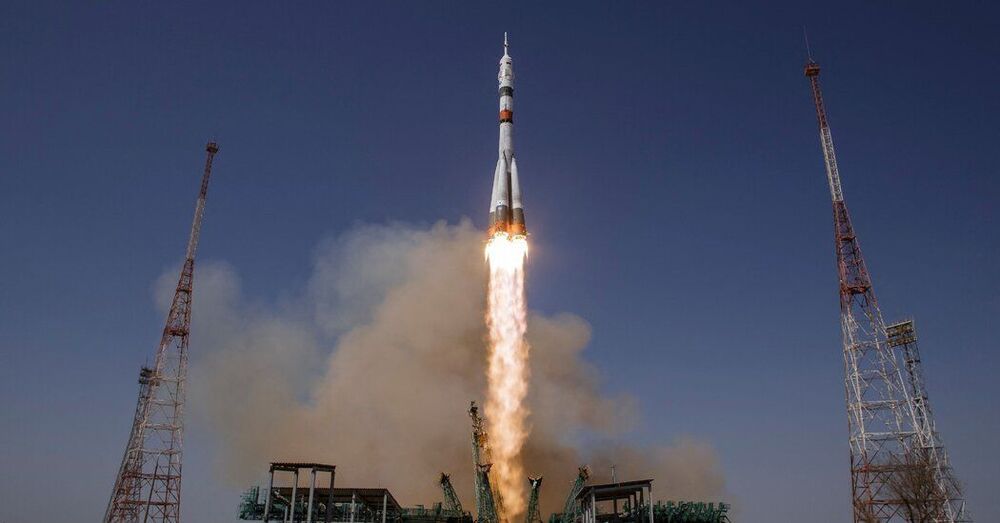
After years of promises and some limited cooperation, Russia and China have begun to draw up ambitious plans for missions that would directly compete with those of the United States and its partners, ushering in a new era of space competition that could be as intense as the first.
The budding new partnership reflects the geopolitics of the world today.
China and Russia have grown increasingly close under their current leaders, Xi Jinping and Vladimir V. Putin, smoothing decades of mistrust between the countries and creating a potent, though unofficial, alliance against what they perceive as the hegemonic behavior of the United States. Space has become a natural extension of the two countries’ warming ties, given increasingly fraught relations with the United States.
Russian officials have already signaled they may pull out of the International Space Station once the current agreement with its partners ends in 2024. The launch last year of SpaceX’s crew capsule had already ended Russia’s exclusive role ferrying American astronauts into orbit.
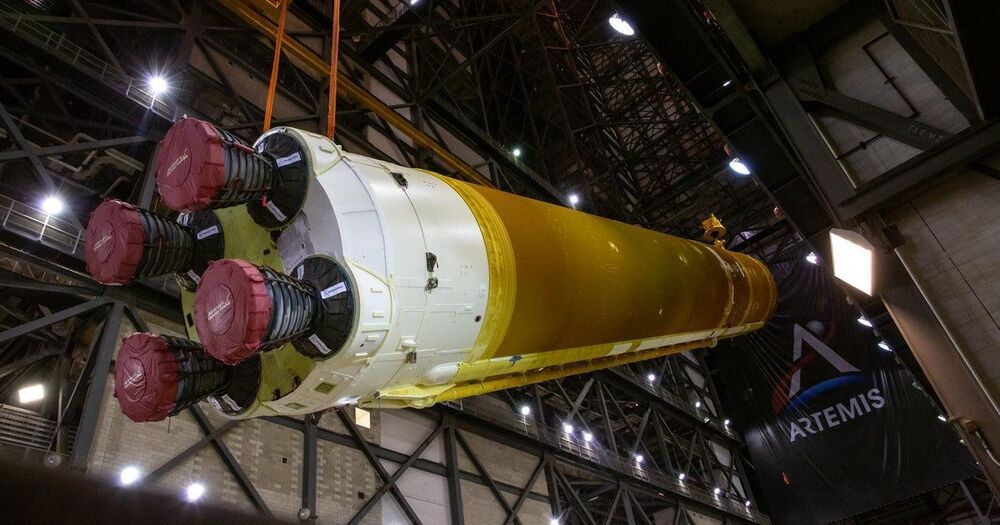
Jeff Bezos’ spaceflight firm has yet to fly a single human, but one lucky auction winner has just bought the firm’s first seat for sale.
Tesla’s NEW Giga Press Is a BIG Game Changer Tesla and big things are inseparable. Be it ambition, idea, or more tangible items, Tesla would rather go big. Perhaps that is due to the many successes the company has racked up in the short time it has existed or just the personality of the CEO, Elon Musk. Whatever the case, Tesla tends to come along and fundamentally change how things are done, just like with its Giga Press. What is a Giga Press and how does it work? Why is it a game changer in the auto making business? Welcome to Tech Archives.
What is a Giga Press?
They are giant machines made by IDRA Group based out in Italy. The name was actually coined by IDRA, not Tesla. Their purpose is die casting large parts in a single piece. If you have a head for figures, Giga Presses produce a clamping forces of between 55000 kilonewtons and 61000 kilonewtons. Giga Presses are the biggest casting machines to ever exist. To get a sense of how massive these machines are, they weigh 410 to 430 tonnes. That is the equivalent of five Space Shuttles. They are the sizes of houses, at 20 meters by 7.5 meters by 6 meters and require dozens of flatbed trucks for transportation. And to get a sense of what a Giga Press does, think of a small plastic toy car. You would notice the chassis is made from a single piece. That is what a Tesla Giga Press tries to achieve. Instead of a chassis that uses up to 70 bolted and welded parts as it is done by all other car makers, the new Tesla chassis will be one solid piece of engineering feat. Tesla’s NEW Giga Press Is a BIGI Game Changer Buckle up because on this channel we will go through all things Tesla, ev, and Elon Musk. Stay tuned for the latest Tesla news and Tesla updates. Click here to subscribe: https://bit.ly/3fjwstS
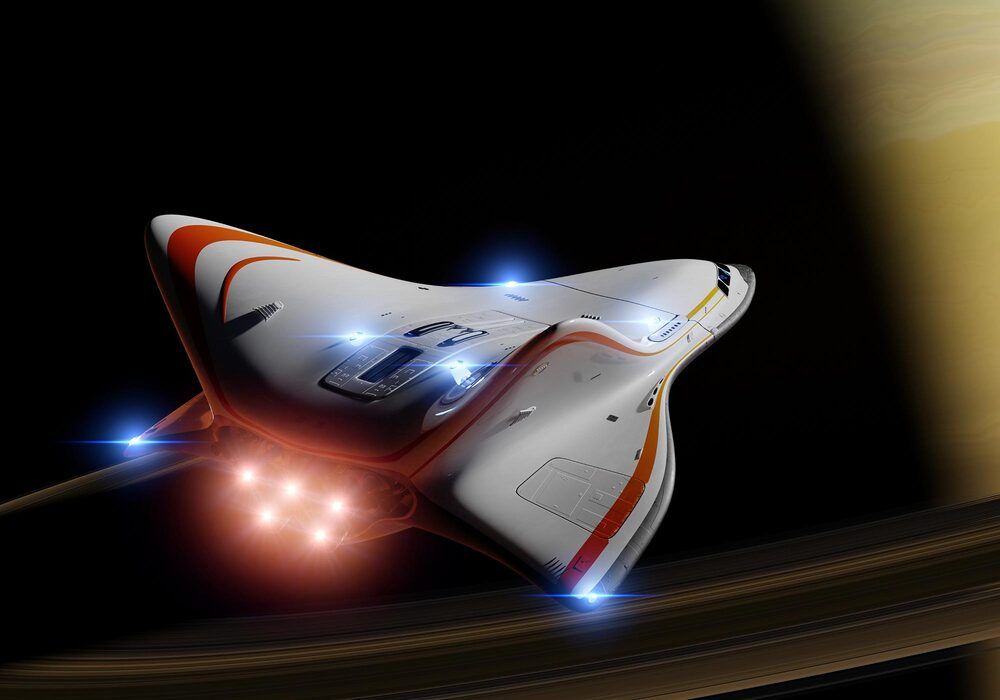
The US Defense Advanced Research Projects Agency (DARPA) has recently commissioned three private companies, Blue Origin, Lockheed Martin and General Atomics, to develop nuclear fission thermal rockets for use in lunar orbit.
Such a development, if flown, could usher in a new era of spaceflight. That said, it is only one of several exciting avenues in rocket propulsion. Here are some others.
The standard means of propulsion for spacecraft uses chemical rockets. There are two main types: solid-fueled (such as the solid rocket boosters on the Space Shuttle), and liquid-fueled (such as the Saturn V).
With launch just five years away, the Gateway Exploration Robotics System — better known as Canadarm3 — has arrived at a critical point where its artificial intelligence system must be properly calibrated to meet the rigorous autonomous demands the Lunar Gateway project will impose upon it.
The AI solutions sought for Canadarm3’s vision by MDA and the Canadian Space Agency (CSA) largely relate to obstacle avoidance to prevent the arm from bumping into other structures on the lunar outpost and how to work with issues like prolonged communications blackouts and less-than-optimal lighting conditions — both of which must be overcome for the Gateway.
Speaking at a recent industry day event, Chris Langley, AI Lead at MDA for Canadarm3, related some of the challenges posed to the project by the Gateway operations plan, including only one month per year of crewed occupation initially and as little as only 8 hours of communication each week.